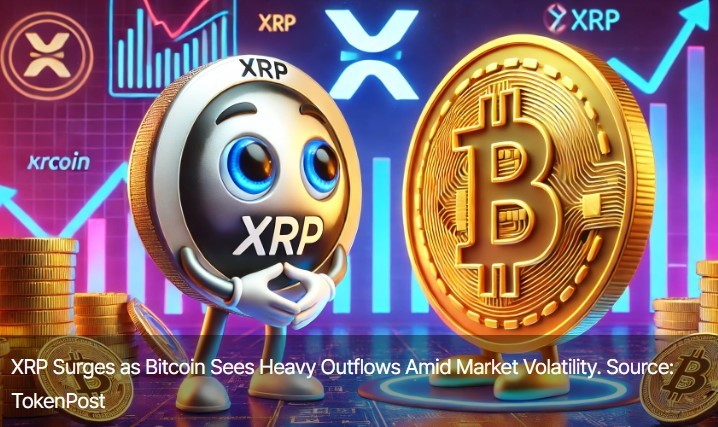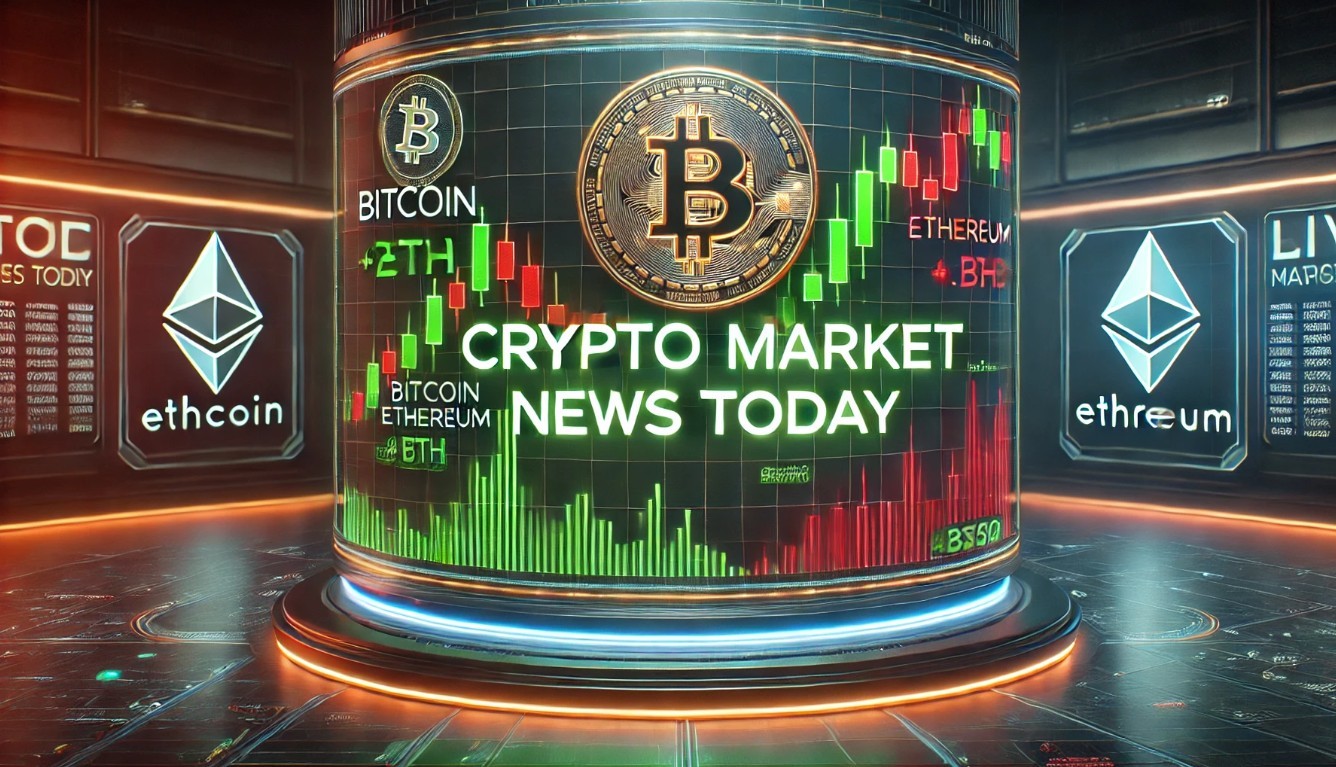Top 10 Most Popular CryptoCurrencies in the World
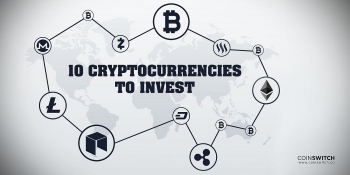 Top 10 Crytocurrencies To Buy In 2021 - Pros and Cons of each Investment Top 10 Crytocurrencies To Buy In 2021 - Pros and Cons of each Investment |
 5 Most Profitable Cryptocurrencies to Invest in Now 5 Most Profitable Cryptocurrencies to Invest in Now |
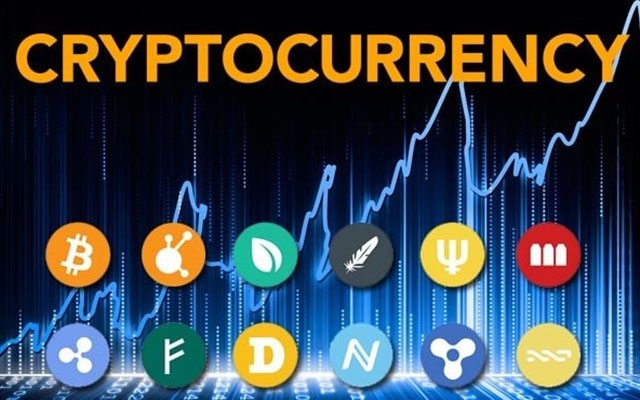 |
| Top 10 most important cryptocurrencies in the world. Photo: Wall Street |
What Are Cryptocurrencies?
A cryptocurrency, broadly defined, is virtual money (digital currencies, digital money, electronic money or electronic currency) which takes the form of tokens or “coins.” While some cryptocurrencies have ventured into the physical world with credit cards or other projects, the large majority remain entirely intangible.
The “crypto” in cryptocurrencies refers to complicated cryptography which allows for the creation and processing of digital currencies and their transactions across decentralized systems. Alongside this important “crypto” feature of these currencies is a common commitment to decentralization; cryptocurrencies are typically developed as code by teams who build in mechanisms for issuance (often, although not always, through a process called “mining”) and other controls.
Cryptocurrencies are almost always designed to be free from government manipulation and control, although as they have grown more popular this foundational aspect of the industry has come under fire. The currencies modeled after Bitcoin are collectively called altcoins, and in some cases “shitcoins,” and have often tried to present themselves as modified or improved versions of Bitcoin.
 5 Most Profitable Cryptocurrencies to Invest in Now 5 Most Profitable Cryptocurrencies to Invest in Now So far, 2021 is predicted to be a good year for the cryptocurrency market. Since Blockchain evolved to be one of the most feasible technology, ... |
Top 10 Most Popular Cryptocurrencies in the World
How many Cryptocurrencies are there?
There are approximately 5,392 cryptocurrencies being traded with a total market capitalization of $201bn (as of April 22, 2020), and below are the top 10 most important cryptocurrencies:
1. Bitcoin (BTC)
 |
| Photo: CoinDesk |
In August 2008, the domain name bitcoin.org was registered. On October 31st, 2008, a paper was published called “Bitcoin: A Peer-to-Peer Electronic Cash System”, as cited by Finance Yahoo. This was authored by Satoshi Nakamoto, the inventor of Bitcoin. To date, no one knows who this person, or people, are.
After falling into the trap of making several inaccurate BTC price predictions over the years, Galaxy Digital’s Mike Novogratz had said he would “hang his spurs” if Bitcoin failed to hit $20,000 in 2020. Against the odds, he was proven right… so what does he think will happen in 2021? In tweets to the Game Of Thrones actress Maisie Williams, he asserted that $65,000 is a realistic price target for the coming year. It’ll be interesting to find out whether he’s right, Coin Market Cap cites.
*Also read: Bitcoin Price Today (January 26): Latest Updates and Predictions
2. Ethereum (ETH)
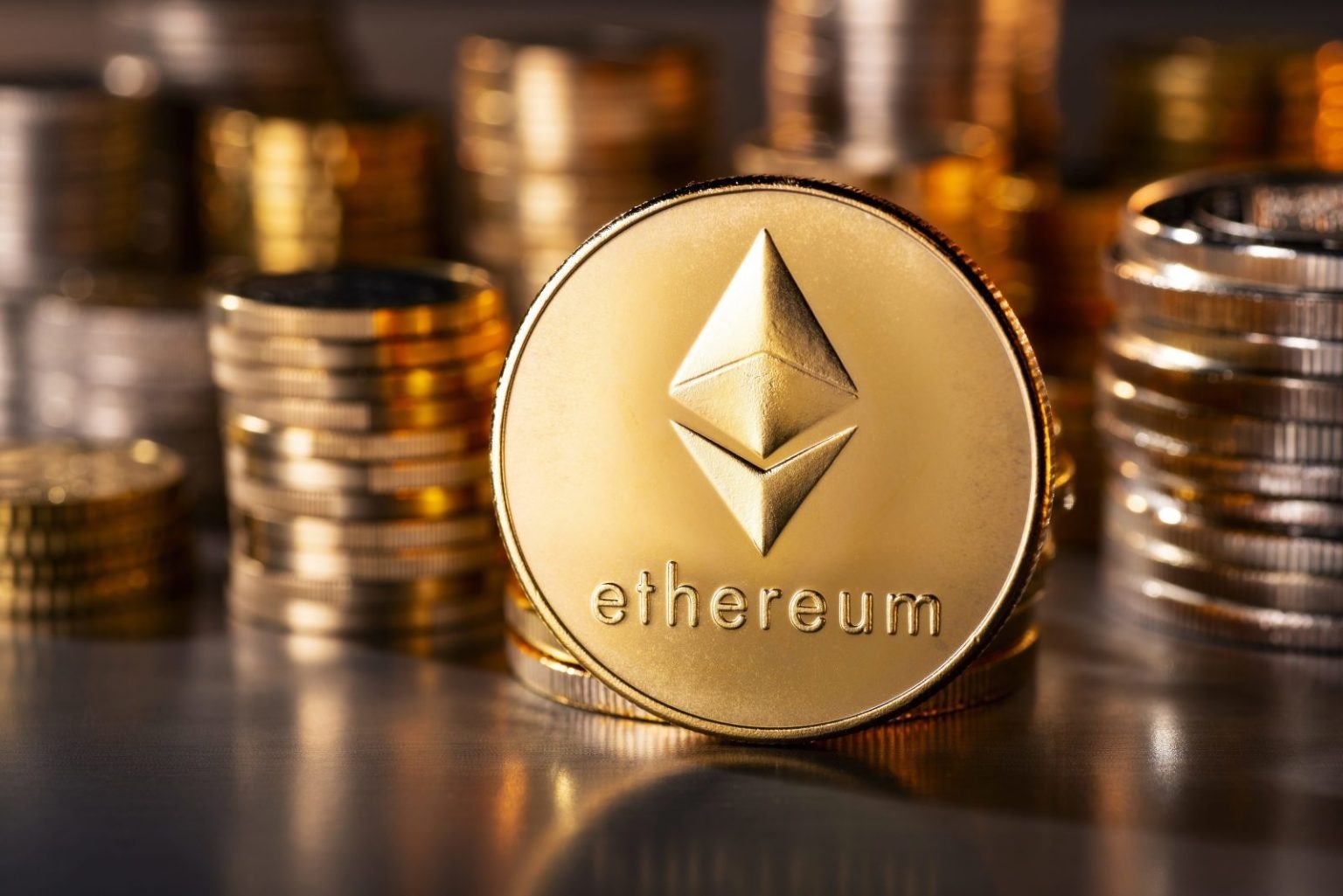 |
| Photo: Finance Magnates |
According to Investopedia, Ethereum is a decentralized software platform that enables Smart Contracts and Decentralized Applications (DApps) to be built and run without any downtime, fraud, control, or interference from a third party. The goal behind Ethereum is to create a decentralized suite of financial products that anyone in the world can have free access to, regardless of nationality, ethnicity, or faith. This aspect makes the implications for those in some countries more compelling, as those without state infrastructure and state identifications can get access to bank accounts, loans, insurance, or a variety of other financial products.
Ethereum 2.0 is a new step in the mass adoption of crypto, which indicates the industry is developing extremely fast. And it is predicted that Ethereum 2.0 will mark a new wave of development for cryptocurrency and especially DeFi and stablecoins.
With scalability and security issues addressed, Ethereum 2.0 becomes a very ambitious upgrade, given that no blockchain of the same size as Ethereum has previously tried to transition the whole ecosystem to an entirely new network while keeping an old one up and running.
3. Litecoin (LTC)
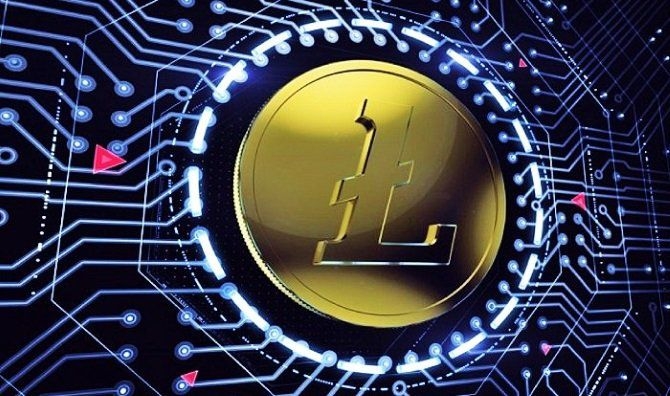 |
Litecoin, launched in 2011, was among the first cryptocurrencies to follow in the footsteps of Bitcoin and has often been referred to as “silver to Bitcoin’s gold.” It was created by Charlie Lee, an MIT graduate and former Google engineer. Litecoin is based on an open-source global payment network that is not controlled by any central authority and uses "scrypt" as a proof of work, which can be decoded with the help of CPUs of consumer-grade.
Although Litecoin is like Bitcoin in many ways, it has a faster block generation rate and hence offers a faster transaction confirmation time. Other than developers, there are a growing number of merchants who accept Litecoin. As of January 2021, Litecoin had a market cap of $10.1 billion and a per token value of $153.88, making it the sixth-largest cryptocurrency in the world.
4. Cardano (ADA)
 |
| Photo: Genesis Block |
Cardano is a proof-of-stake blockchain which means that consensus on the validity of new blocks is achieved by the users staking their coins in the network. The blockchain uses a consensus protocol developed in-house – Ouroboros – which the developers claim to be “the first provably secure proof-of-stake protocol”.
The validity of this claim in practice is hard to assert as the blockchain is still in the relatively early stages of development. Some scattered criticisms, however, including from Vitalik Buterin, have called this claim into question – in particular as regards the finality of proposed transactions, as cited by Bitcoin Issue.
So far in 2021, the ADA has attracted a lot of investor attention after soaring to $0.2572 on January 5, its highest price in over two and a half years. At the time of writing, ADA surpassed Bitcoin Cash (BCH) to become the seventh-largest cryptocurrency by market cap, coming at $7.88bn versus BCH’s $7.72bn, as cited by Capital.
5. Bitcoin Cash (BCH)
 |
| Photo: Capital |
Bitcoin Cash (BCH) holds an important place in the history of altcoins because it is one of the earliest and most successful hard forks of the original Bitcoin. In the cryptocurrency world, a fork takes place as the result of debates and arguments between developers and miners. Due to the decentralized nature of digital currencies, wholesale changes to the code underlying the token or coin at hand must be made due to general consensus; the mechanism for this process varies according to the particular cryptocurrency.
When different factions can’t come to an agreement, sometimes the digital currency is split, with the original chain remaining true to its original code and the new chain beginning life as a new version of the prior coin, complete with changes to its code.
BCH began its life in August of 2017 as a result of one of these splits. The debate that led to the creation of BCH had to do with the issue of scalability; the Bitcoin network has a limit on the size of blocks: one megabyte (MB). BCH increases the block size from one MB to eight MB, with the idea being that larger blocks can hold more transactions within them, and therefore the transaction speed would be increased. It also makes other changes, including the removal of the Segregated Witness protocol which impacts block space. As of January 2021, BCH had a market cap of $8.9 billion and a value per token of $513.45.
6. Stellar (XLM)
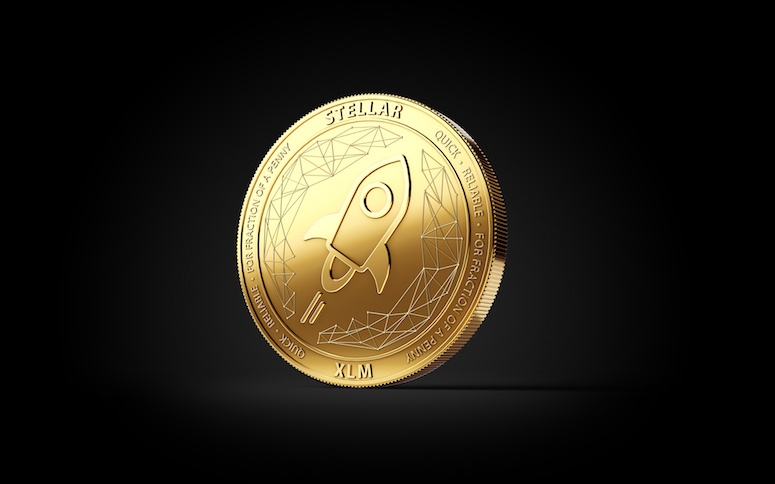 |
| Photo: Use The Bitcoin |
The term Stellar cryptocurrency refers to a digital or virtual currency developed by Stellar Development Foundation. The Stellar cryptocurrency is called the lumen, a token that trades under the symbol XLM. The organization's currency, which is called the lumen, is traded under the symbol XLM on various cryptocurrency exchanges. Lumens can be used by traders on the Stellar network, which is a blockchain-based distributed ledger network that connects banks, payments systems, and people to facilitate low-cost, cross-asset transfers of value, including payments.
Stellar began the year 2021 with a price of $0,12. According to the experts, Stellar will reach $0.78 by the end of January. Stellar could reach up to $1 by April 2021. At the end of 2021 Stellar would be trading at the price of $0.68, as cited by Coinpedia.
7. Chainlink
 |
| Photo: Invezz |
Chainlink is unique compared to other blockchain projects. The business model is solely focused on the creation of smart contracts for the outside world. Chainlink hopes to decentralize the Internet to bridge the gap between blockchains and the applications that exist in the real world.
The Chainlink system has a decentralized network of Oracles, so that smart contracts can safely interact with off-chain platforms. Chainlink was created and formed by an organization called SmartContract, which was founded in September 2014 by its CEO Sergey Nazarov and CTO Steve Ellis.
2021 is an unsatisfactory year for LINK as it began the trading at $11.45 on the first day of January. The trend is in the upward movement as the price started to increase. By the end of January, the price may reach the range between $15.98 and $16.01.
Chainlink has drawn a lot of attention and attracted new fans to their project. Their activities and appreciation among other industry players have increased trust in the company. By the end of 2021, the coin may reach about $28.
8. Binance Coin (BNB)
 |
| Photo: Dolazo |
Binance Coin is a utility cryptocurrency that operates as a payment method for the fees associated with trading on the Binance Exchange. Those who use the token as a means of payment for the exchange can trade at a discount. Binance Coin’s blockchain is also the platform that Binance’s decentralized exchange operates on. The Binance exchange was founded by Changpeng Zhao and the exchange is one of the most widely used exchanges in the world based on trading volumes.
Binance Coin was initially an ERC-20 token that operated on the Ethereum blockchain. It eventually had its own mainnet launch. The network uses a proof-of-stake consensus model. As of January 2021, Binance has a $6.8 billion market capitalization with one BNB having a value of $44.26.
9. Tether (USDT)
 |
| Photo: BitcoinNews |
Tether is a blockchain-based cryptocurrency whose cryptocoins in circulation are backed by an equivalent amount of traditional fiat currencies, like the dollar, the euro or the Japanese yen, which are held in a designated bank account. Tether tokens, the native tokens of the Tether network, trade under the USDT symbol.
The Tether price is forecasted to reach $1.2787541 by the beginning of July 2021. The expected maximum price is $1.5984714, minimum price $1.0869605. The Tether price prediction for the end of the month is $1.2787771.
10. Monero (XMR)
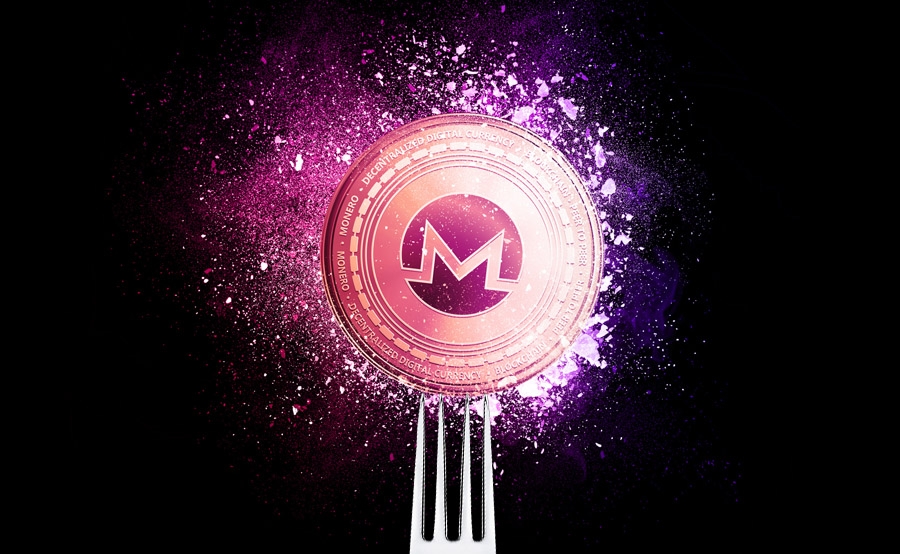 |
| Photo: Coin Bureau |
Monero was launched in 2014, and its goal is simple: to allow transactions to take place privately and with anonymity. Even though it’s commonly thought that BTC can conceal a person’s identity, it’s often easy to trace payments back to their original source because blockchains are transparent. On the other hand, XMR is designed to obscure senders and recipients alike through the use of advanced cryptography.
The team behind Monero says privacy and security are their biggest priorities, with ease of use and efficiency coming second. It aims to provide protection to all users — irrespective of how technologically competent they are.
Monero's price today is $142,79 USD with a 24-hour trading volume of $881.681.310 USD. Monero is down 46% in the last 24 hours. The current CoinMarketCap ranking is #17, with a market cap of $2.544.908.616 USD. It has a circulating supply of 17.822.477 XMR coins and the max. supply is not available.
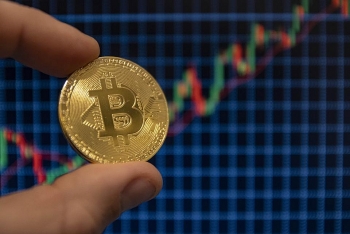 5 Dangerous Investment - Beware of these Investment in 2021 5 Dangerous Investment - Beware of these Investment in 2021 Many people want to increase their amount of money by investment. But not everyone can succeed in this field. People have to acknowledge potential risks ... |
 Prediction: Prices of Bitcoin, Cryptocurrency and Blockchain in 2021 Prediction: Prices of Bitcoin, Cryptocurrency and Blockchain in 2021 2020 is coming to an end in just a few days, so let’s take a look at some cryptocurrency and blockchain predictions for 2021. |
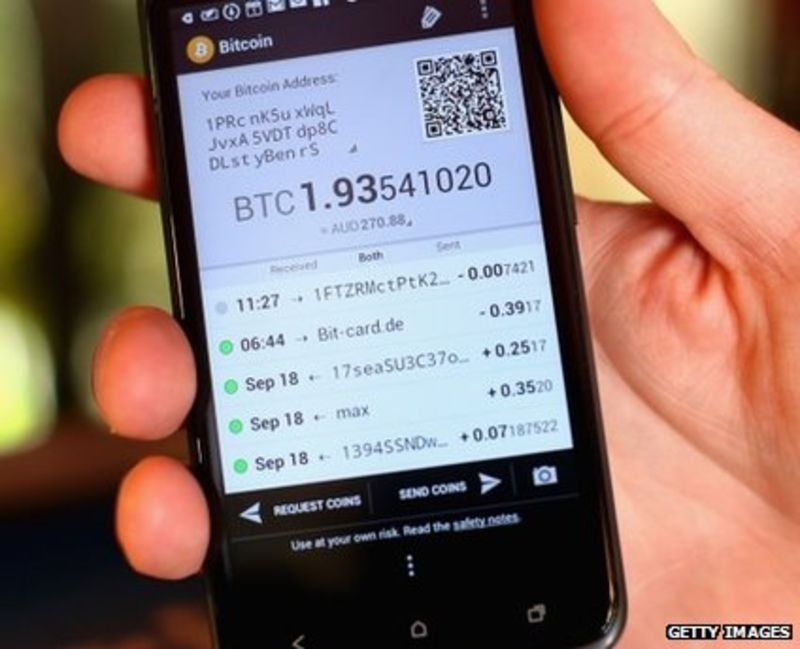 Bitcoin price forecast 2021: How much is Bitcoin worth? Bitcoin price forecast 2021: How much is Bitcoin worth? Bitcoin price forecast 2021: After a multi-year bear market, Bitcoin was again trading near its all-time high by December 2020. From the halving cycle to ... |

